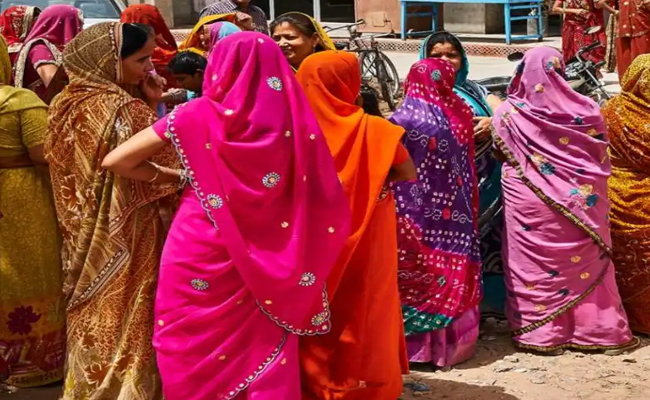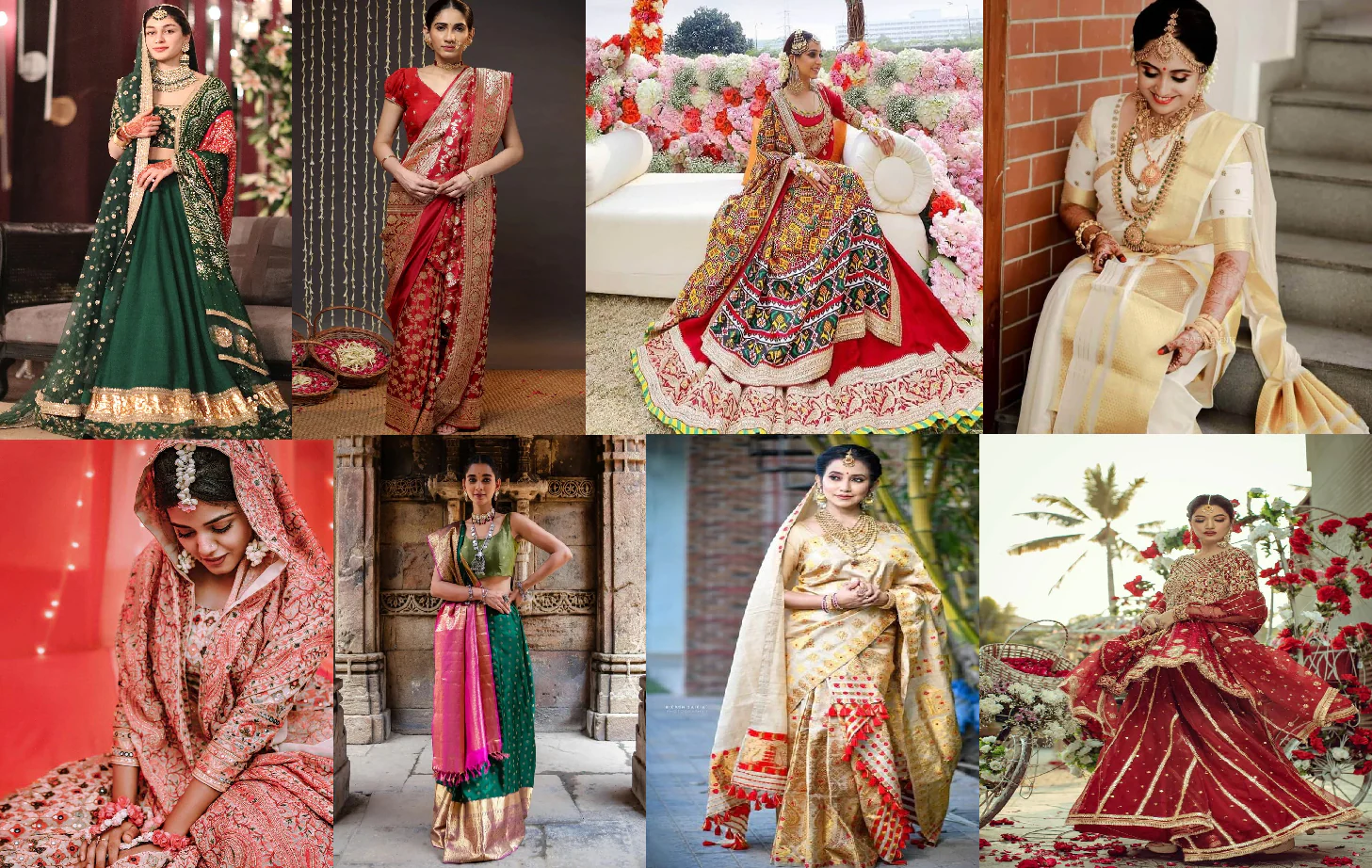Traditional Clothing in India: Celebrating Diversity through Fabric and Design
India is known for its rich cultural heritage, which is reflected in its vibrant and diverse traditional clothing. Each region in India has its unique clothing style, fabric, and design, reflecting the country’s rich history, climate, and cultural influences. In this article, we will explore traditional clothing in India, its history, and significance, and the evolution of Indian fashion.
The History of Traditional Clothing in India
Traditional clothing in India has a rich history dating back to ancient times. The Indus Valley Civilization, which existed between 2600 BCE and 1900 BCE, had a sophisticated textile industry, producing cotton, silk, and wool fabrics. The early clothing styles were simple and functional, designed to protect people from the harsh climate.
Over time, clothing became an essential aspect of India’s culture, with different regions and communities developing their unique clothing styles. Textiles such as cotton, silk, and wool were woven into intricate designs and patterns, reflecting the region’s geography, climate, and cultural influences.
Significance of Traditional Clothing in India
Traditional clothing in India holds significant cultural and religious significance. It is worn during festivals, weddings, and other significant events, symbolizing tradition, spirituality, and identity. In some communities, specific clothing styles and colors are associated with particular events or stages of life.
Traditional Clothing Styles in India
- Saree
The saree is a traditional garment worn by women in India, consisting of a long piece of fabric draped around the body. The saree is worn differently in different regions of India, and it can be made of different fabrics such as cotton, silk, or chiffon. The saree is usually worn with a blouse and petticoat and is a symbol of grace and femininity.
2. Salwar Kameez
The Salwar Kameez is another traditional outfit worn by women in India. It consists of a long tunic (Kameez) paired with loose-fitting pants (Salwar) and a scarf (Dupatta). The Salwar Kameez is comfortable and versatile and is popular in both urban and rural areas of India.
3. Lehenga Choli
The Lehenga Choli is a traditional outfit worn by women in Northern India. It consists of a long skirt (Lehenga) paired with a short blouse (Choli) and a scarf (Dupatta). The Lehenga Choli is usually worn during weddings and other festive occasions and is known for its intricate embroidery and beading.
4. Sherwani
The Sherwani is a traditional outfit worn by men in India, especially during weddings and formal events. It consists of a long coat-like garment that is usually paired with trousers or dhoti pants. The Sherwani is usually made of silk or cotton and is adorned with intricate embroidery and embellishments.
5. Dhoti Kurta
The Dhoti Kurta is a traditional outfit worn by men in India, consisting of a long tunic (Kurta) paired with a piece of cloth draped around the waist (Dhoti). The Dhoti Kurta is popular in rural areas of India and is worn during festivals and other significant events.
6. Evolution of Indian Fashion
Indian fashion has undergone significant changes over the years, with designers and fashion houses incorporating traditional elements into contemporary styles. The fusion of traditional and modern elements has led to the emergence of a new fashion style that reflects India’s diverse and dynamic culture.
7. Designer Sarees
Designer sarees are becoming increasingly popular in India, with designers incorporating modern designs and patterns into traditional fabrics. Designer sarees are popular among younger generations, who want to embrace their heritage while also looking fashionable.
![]()





